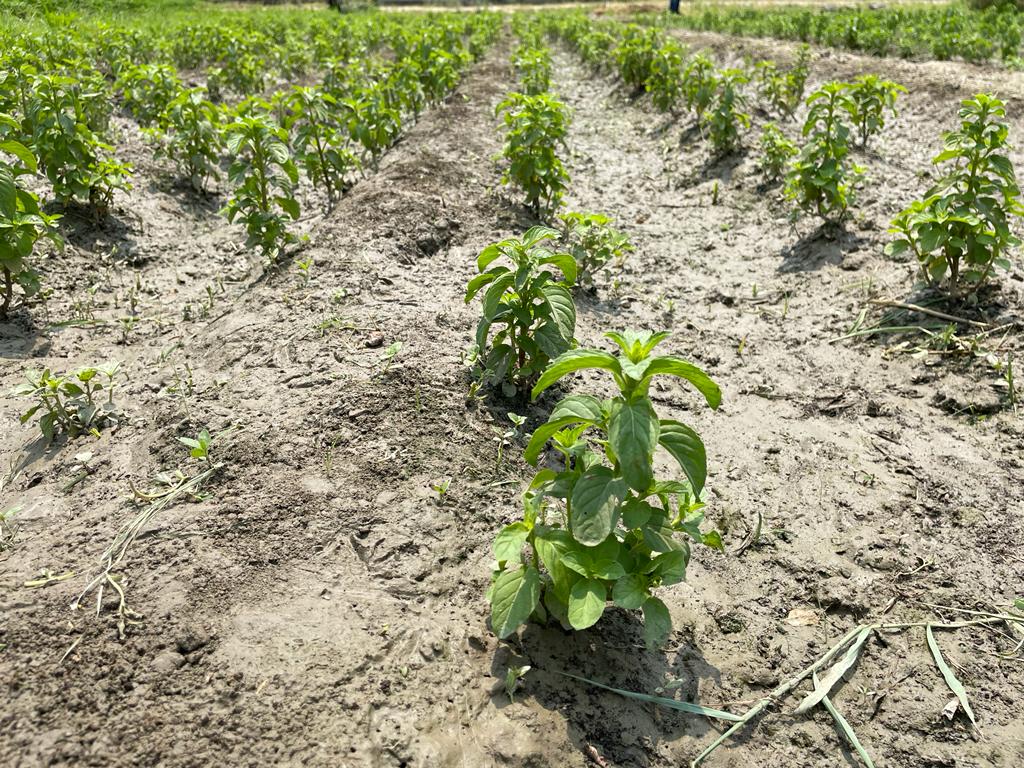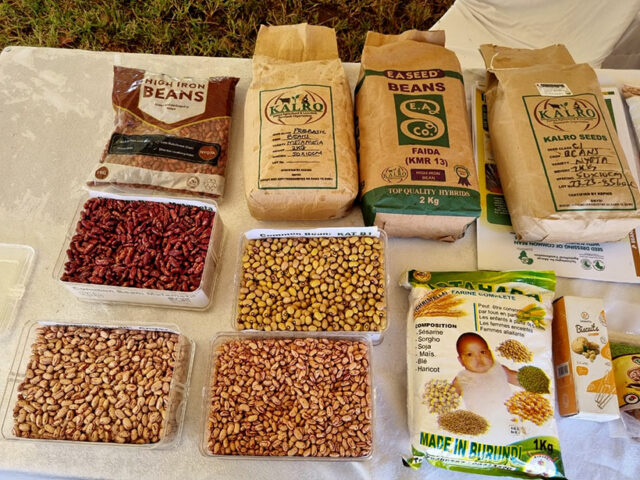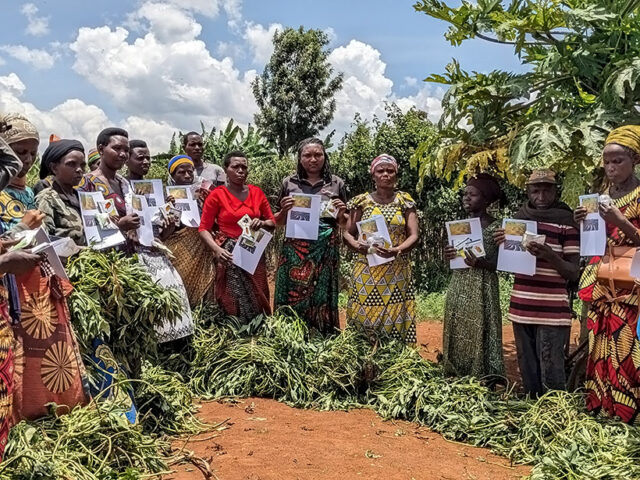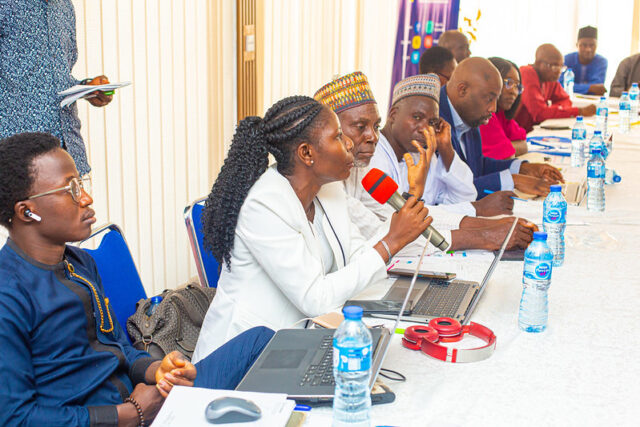
Farmers in the Barabanki Region of Uttar Pradesh started cultivating peppermint to improve their profits. Peppermint is a short-term cash crop that fits well with traditional farming systems such as paddy-mustard-peppermint and paddy-potato-peppermint without conflicting with the prevailing cropping system. However, there are some challenges associated with incorporating peppermint into farming practices. Proper management practices, including irrigation, fertilization, and pest control, are necessary for peppermint to thrive. Farmers may need to invest time and resources into learning these practices to ensure the success of their peppermint crops.
Peppermint is a short-term cash crop that fits well with traditional farming systems such as paddy-mustard-peppermint and paddy-potato-peppermint without conflicting with the prevailing cropping system. (Photo: ISARC).
Farmers predominantly follow the rice-based cropping system in various regions of India. However, the continuous practice of rice-based cropping systems causes soil depletion, pest and disease outbreaks, and weed infestation. The introduction of crop diversification could mitigate the adverse impact of monocropping on the environment.
Crop diversification is cultivating different crops on the same piece of arable land. It enhances farm productivity and soil biodiversity disrupts the pest and disease cycle, and helps farmers obtain additional income in the event of crop failure.
Farmers in the Barabanki Region of Uttar Pradesh are taking crop diversification to the next level by growing three crops yearly because of assured irrigation, market linkages, and a conducive environment. They grow rice during the Kharif season and wheat, mustard, and potatoes during the rabi season.
Peppermint: A cash crop with multiple benefits
Farmers started cultivating peppermint, a cross between watermint and spearmint, to improve their profits. Peppermint is a short-term cash crop that fits well with traditional farming systems such as paddy-mustard-peppermint and paddy-potato-peppermint without conflicting with the prevailing cropping system. It is grown by 80% of farmers in Vishnupura, Barabanki, using a traditional cropping system. In Barabanki, farmers primarily use three peppermint varieties, CIM-Unnati, Kosi, and Punjab Gold.
Peppermint cultivation has several advantages and benefits. According to farmers, the crop has natural pest-repellent properties that can help deter pests and reduce the need for chemical pesticides. Thus, they save money on pesticide products and reduce their environmental impact simultaneously.
Peppermint can also increase soil organic matter and because of its deep root system, it helps reduce erosion, increase water retention of the soil, and improve soil health. These can help improve overall crop yield and reduce the need for synthetic fertilizers.
Farmers in Vishnupura grow peppermint for oil extraction. Peppermint provides an additional source of income by selling its essential oils and dried leaves. CIM-Unnati gives optimum production in their region (~150 l/ha), according to the farmers.



